PPT-Parallel programs Inf-2202 Concurrent and Data-intensive Programming
Author : zoe | Published Date : 2024-01-13
Fall 2015 Lars Ailo Bongo larsabcsuitno Course topics Parallel programming The parallelization process Optimization of parallel programs Performance analysis Dataintensive
Presentation Embed Code
Download Presentation
Download Presentation The PPT/PDF document "Parallel programs Inf-2202 Concurrent an..." is the property of its rightful owner. Permission is granted to download and print the materials on this website for personal, non-commercial use only, and to display it on your personal computer provided you do not modify the materials and that you retain all copyright notices contained in the materials. By downloading content from our website, you accept the terms of this agreement.
Parallel programs Inf-2202 Concurrent and Data-intensive Programming: Transcript
Download Rules Of Document
"Parallel programs Inf-2202 Concurrent and Data-intensive Programming"The content belongs to its owner. You may download and print it for personal use, without modification, and keep all copyright notices. By downloading, you agree to these terms.
Related Documents

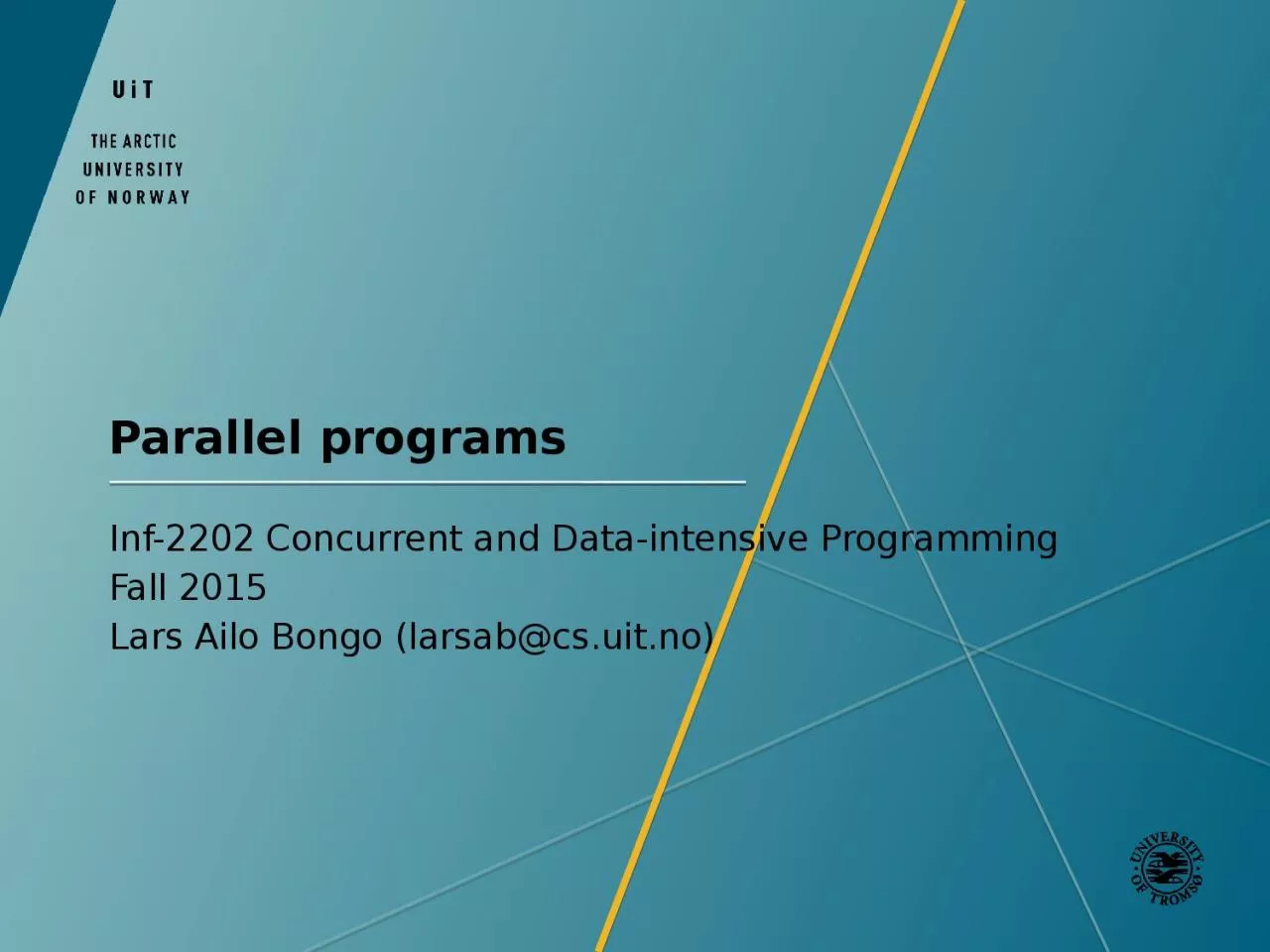

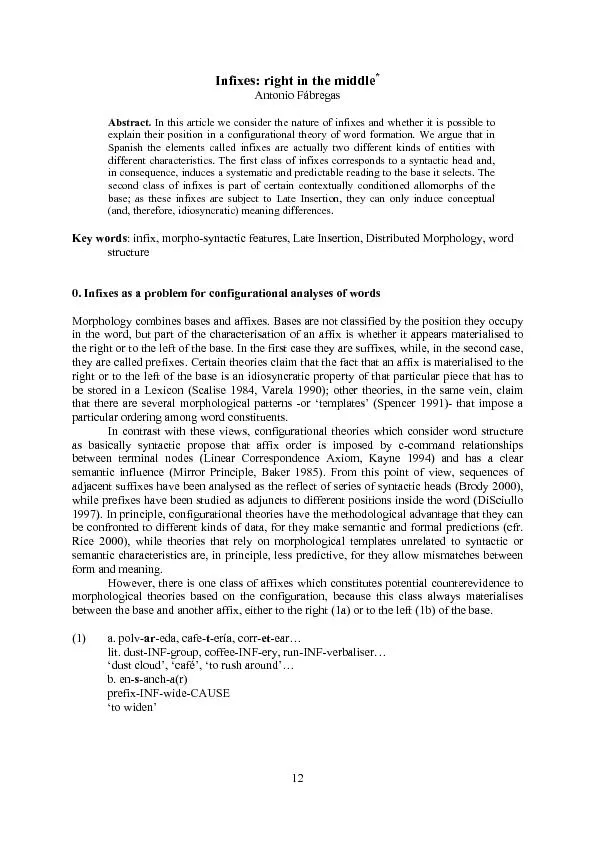

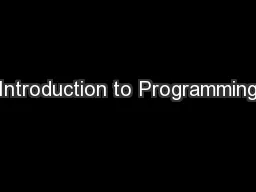


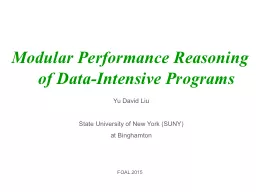
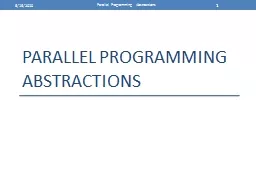


![[PDF]-Programming 3: Python Programming Professional Made Easy & C Programming Success](https://thumbs.docslides.com/980147/pdf-programming-3-python-programming-professional-made-easy-c-programming-success-in-a-day-c-programming-c-programming-c-programming-language-html-python-programming-python-java-php.jpg)
![[FREE]-Programming 16: Python Programming In A Day & C Programming Professional Made Easy](https://thumbs.docslides.com/980148/free-programming-16-python-programming-in-a-day-c-programming-professional-made-easy-c-programming-c-programming-c-programming-language-html-python-python-programming-coding-css-java-php.jpg)
